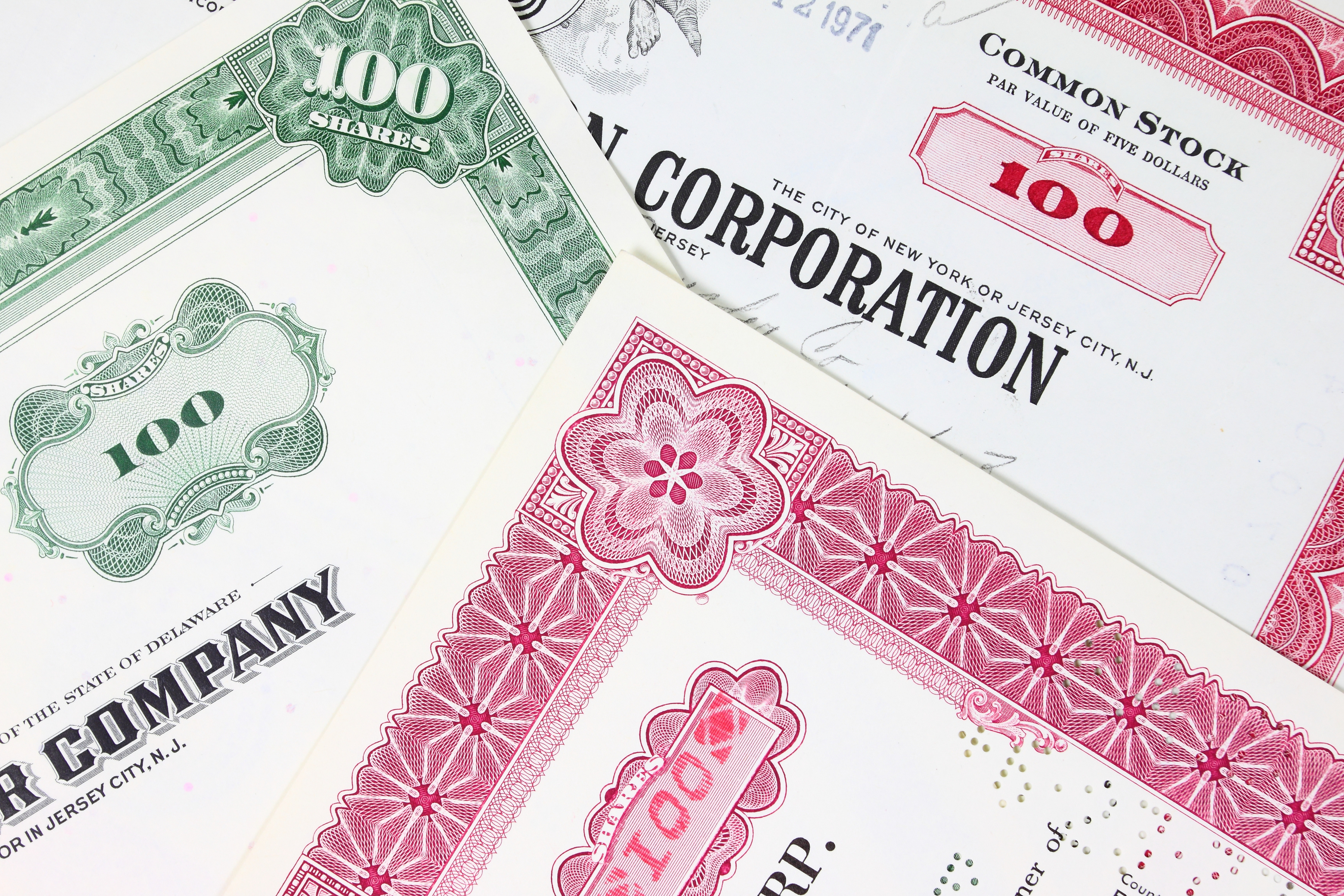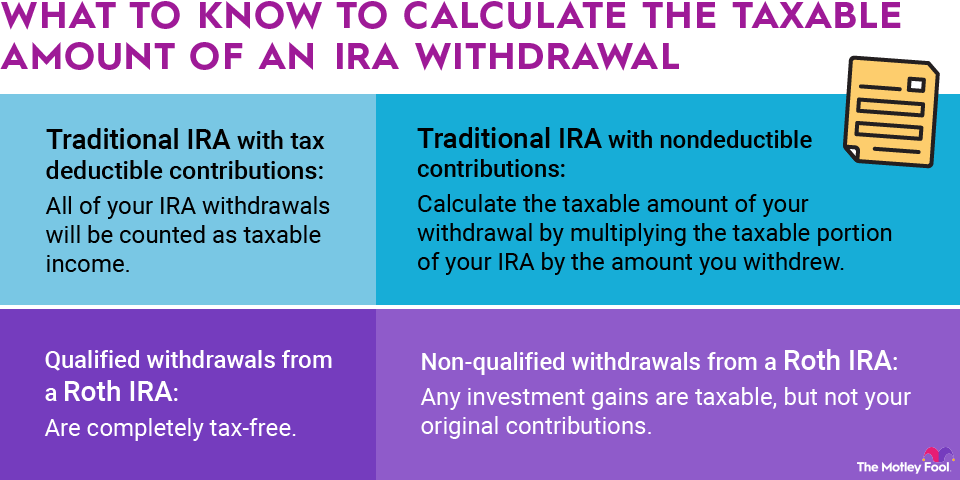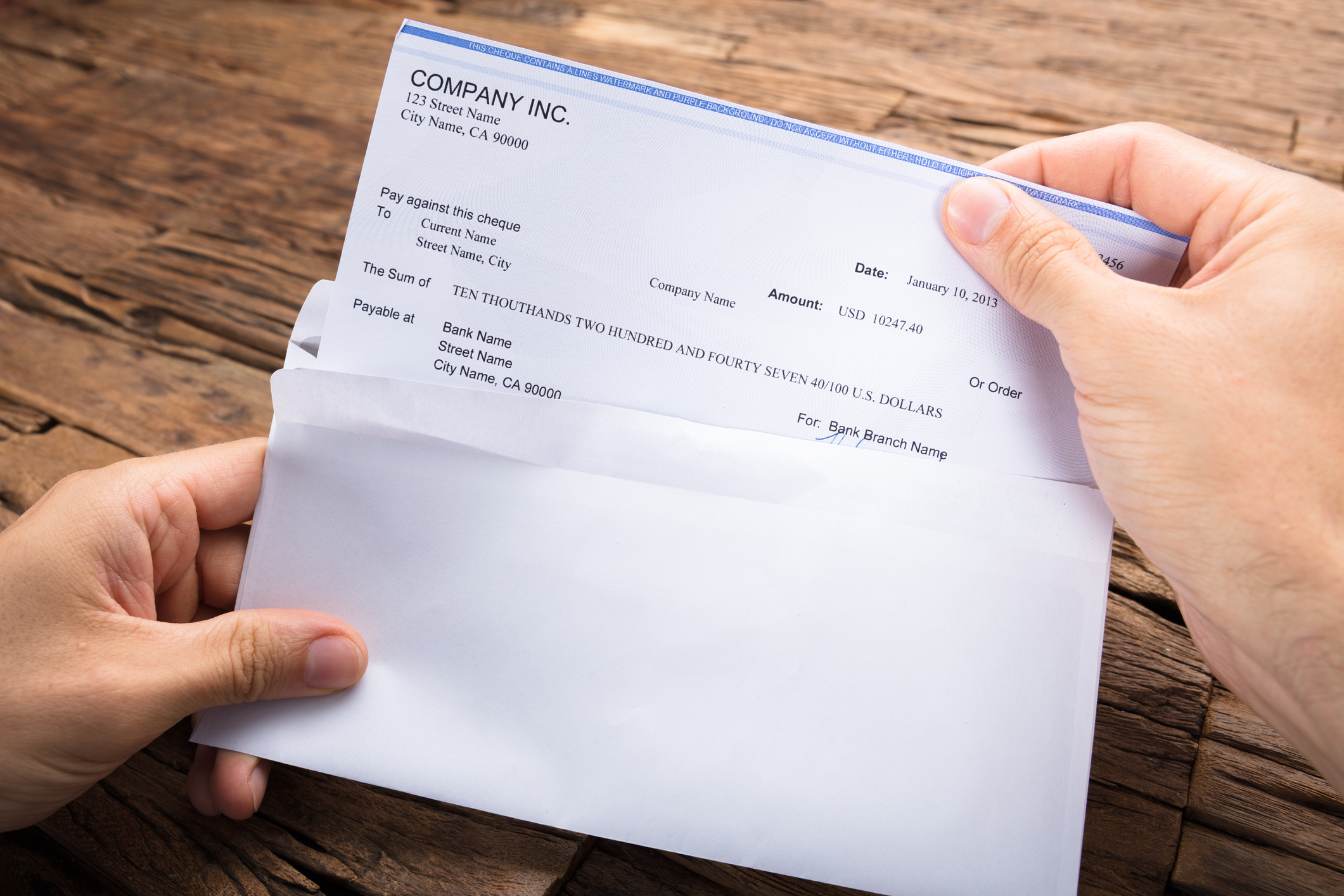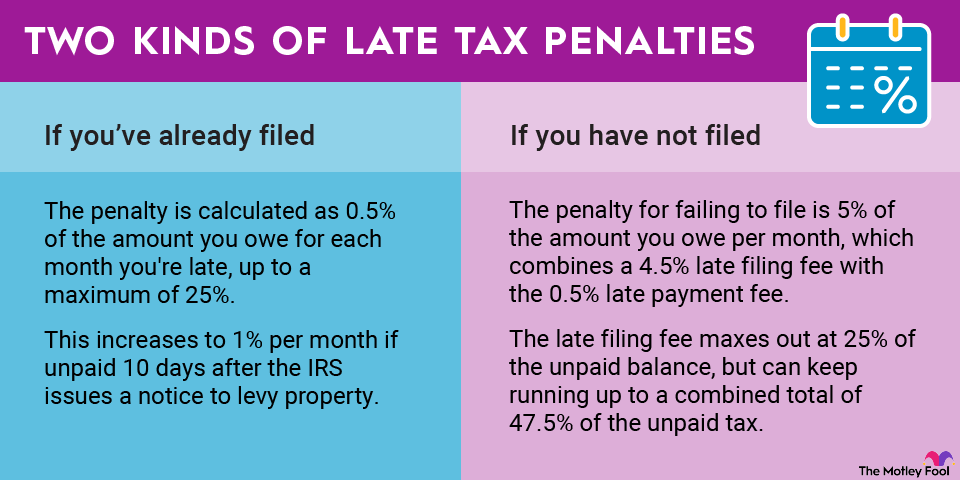Calculating the interest rate using the present value formula can, at first, seem impossible. However, with a little math and some common sense, anyone can quickly calculate an investment's interest rate with just its price, face value, and duration.

The theoretical formula is kind of intense
First, let's break down the formula for the present value of an investment based on future cash flows. From this fundamental formula, we'll rearrange the terms to give us a formula to use when we want to calculate the interest rate.
In this equation, the present value of the investment is its price today, and the future value is its face value. The number of period terms should be calculated to match the interest rate's period, generally annually. Six months would, therefore, be 0.5 periods.
Brushing off some algebra, we can rearrange this formula to solve for the interest rate term. That process results in this formula.
With this formula, all we need to do is plug the known terms into the equation, and we'll have the interest rate. That said, this isn't the easiest formula in the world, and a scientific or financial calculator will be required to reach the final result.
Thankfully, the process is much easier than this equation for many financial purposes
Fortunately, in many cases, we don't need to do any of this fancy math to calculate the interest rate in the financial world. For short-term investments, like Treasury bills (T-bill), this formula is accurate and far simpler than our first equation.
In the case of a T-bill, we know our purchase price, or present value; its face value, or future value; and how long until it matures. For short-term Treasuries, this duration could be 30 days to 182 days, depending on the specific note. Let's assume our bond cost us $4,900 to purchase, has a face value of $5,000, and will mature in 182 days.
- The first step is to subtract the present value from the future value to determine the actual cash return we'll receive over this period. In this case, that works out to $100.
- Next, divide that difference by the face value of the Treasury bill: $100 divided by $6,000 is 0.0167.
- The final step is to multiply that result by the 360 divided by the days to maturity, 182 in this case: 360 divided by 182 and multiplied by 0.0167 gives us 0.033, or a 3.3% annual interest rate on this Treasury bill.
When in doubt, use the internet to find and use an interest rate calculator
If you're ever in doubt as to any interest rate calculation, don't worry. There is an easier way.
Thanks to modern computing and the internet, countless interest rate and present value calculators are available online. A quick search will turn up dozens of options, providing the convenience of plug-and-play math without any of the algebra above.
Related investing topics
To make it even easier for you, The Motley Fool maintains this list of common calculators you may need for all aspects of your financial life. It's one-stop shopping!

















